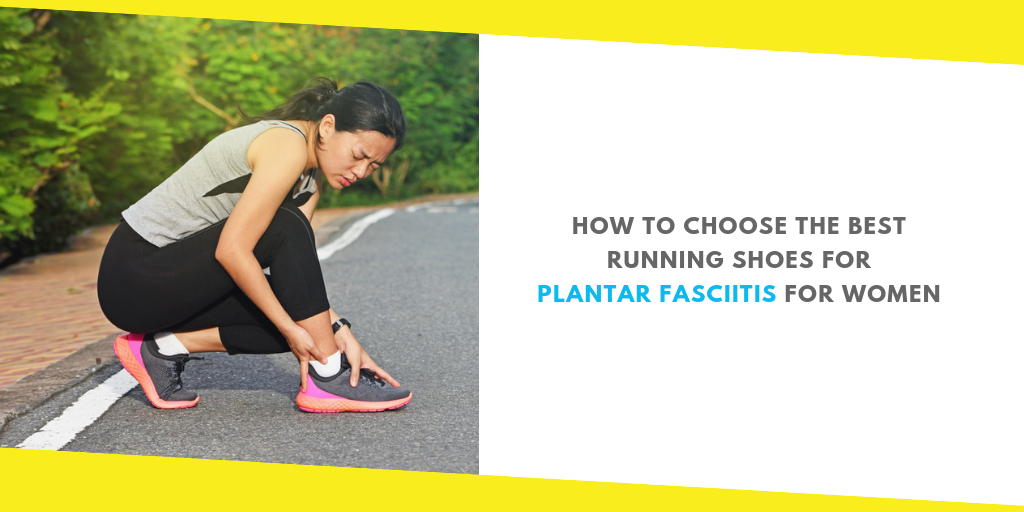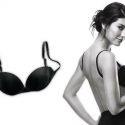How to Choose the Best Running Shoes for Plantar Fasciitis for Women
This post was last updated on February 24th, 2021

There are a whole lot of benefits for women when they begin and continue running. It isn’t just about burning fat and calories, but also about the overall good health incurred, too!
However, if you have plantar fasciitis, running can end up being more of a pain than an advantage, especially when you don’t have the right running shoes. So read on as I show you how to choose the best running shoes for plantar fasciitis for women!
How to Choose the Best Running Shoes for Plantar Fasciitis for Women
It takes a bit of research before you find the right pair suitable for you and your condition. It is advisable to make use of a source dedicated to shoes only. At shoeadviser.com you’ll find an extensive list of the best footwear specially designed to cover these medical conditions. So here are the helpful factors and tips to consider when making your selection:
-
Where Are You Running?
While all running shoes can be used for different grounds, it’s best to use one with the correct sole according to the place you frequent running on.
It’s crucial to get the type of running shoes which fits your running needs in terms of location. This is to ensure that you get the right support and comfort when your feet hit the ground. Here are the four main types of running shoes based on location:
- Shoes made for trails or offroad
- Shoes for the treadmill
- Shoes made for roads and pavement
- Shoes made for track and field
Also consider if you’ll be using these shoes for training, casual running, or competitions so you know what kind of quality material and durability it needs to have.
-
Size and Fit
This is probably the first thing ALL people should test when looking for shoes. It’s especially important for women with plantar fasciitis to avoid discomfort when wearing the pair. You need to prioritize the fit to prevent the inflammation from happening again.
I highly recommend that you get your running shoes half a size bigger to make room for your socks. Test it out a bit to see that it isn’t too tight or loose, and you can walk around comfortably. We’ll get into the specific details of support and comfort in the next sections!
-
Orthotics and Support
You should get a pair of running shoes that offer high arch and heel support to prevent your arches and heels from becoming inflamed and swollen. This will ease the pressure on the pained areas rather than cause even more cramps or irritation as you run.
And if you require even more support, consider getting shoes that come with added support, such as fitted orthotic inserts. These will be able to provide even better pressure-relieving features compared to using just a regular running shoe. You can either purchase these orthotic inserts individually or it can come with the running shoes as a package.
-
Comfort and Breathability
Your comfort is another priority when it comes to running, so make sure that you get shoes that have the soft cushioning. Through better and quality padding, your feet will feel free from pain and you’re able to focus more on the run rather than protecting your feet. After all, your running shoes should protect just as much as support your feet!
I suggest that you look for running shoes with adequate padding but still have the excellent breathable material to prevent your feet from feeling hot and stuffy while you run.
Also, ensure that the shoes are made of the quality material that are durable and built to last for at least a year, even with constant use!
-
Price
How much are you able to afford when planning on getting a new pair of running shoes? While you don’t need to spend thousands of dollars on a pair of shoes, avoid scrimping and getting the cheapest one, too!
Running shoes can cost between $60 to $200, depending on the type, make, and manufacturer. Find out the optimal price range you’re able to afford, and start your search from there. You can find great deals online or in local store sales, so watch out for those!
-
Style
People often perceive shoes for pan tar fasciitis or other conditions as “ugly” or “unattractive.” However, with manufacturers seeing the need for more supportive shoes. So now, you’re able to choose from many designs and colors that suit your style and needs!
While you should get whatever style you want, I also suggest that you get shoes that have bright colors or neon flaps so you’re able to run safely during night or in dark areas.
Wrapping It Up
Fortunately, one can find the best women’s running shoes for plantar fasciitis. As long as you know your stuff and become more knowledgeable on how a running shoe works, you can enjoy exercising without the pain felt anymore.
Hopefully, this article helped you! If you have any questions or tips, do share your comments below. Your thoughts are much appreciated!
Recommended For You
5 Interesting Ways to Become a Successful Young Woman
Most Inside
Most Inside offers high-quality recommendations and valuable updates to enhance all aspects of your life, providing premium guidance and enriching experiences.




